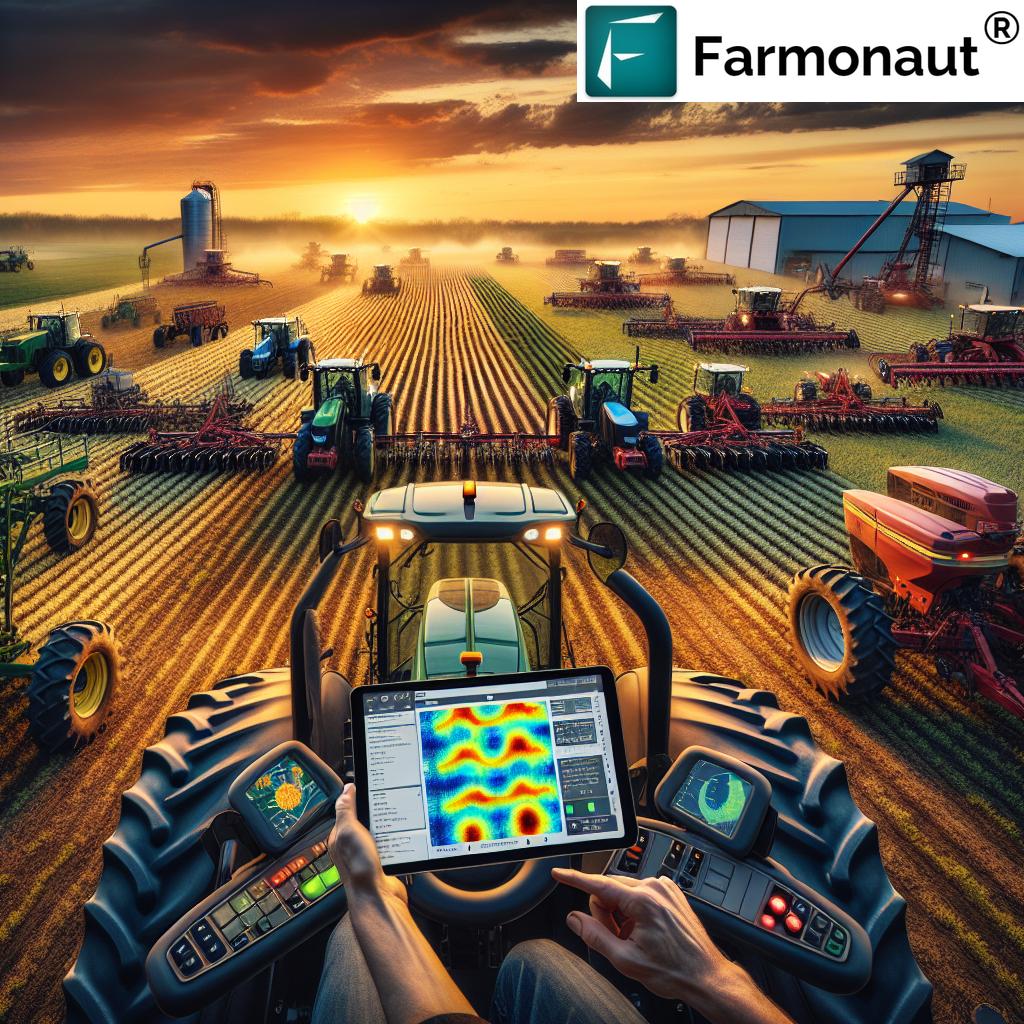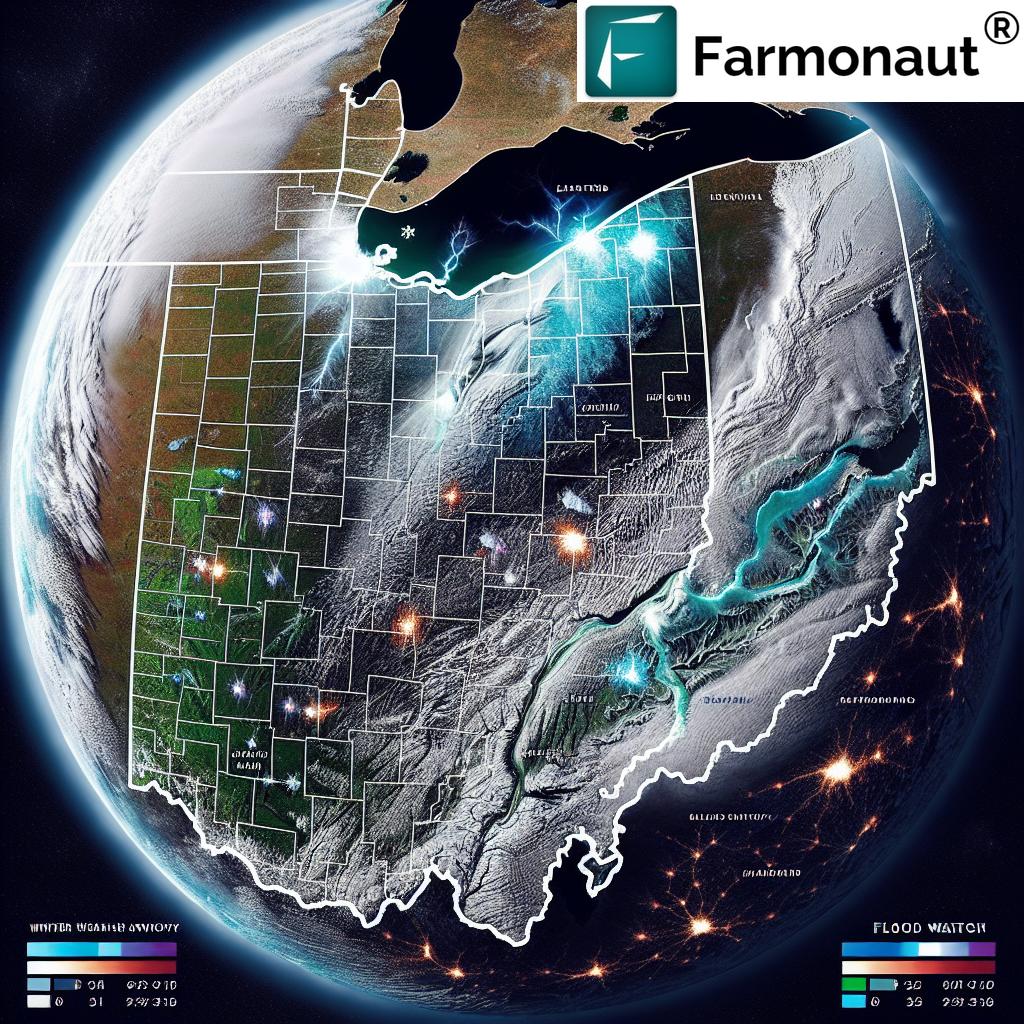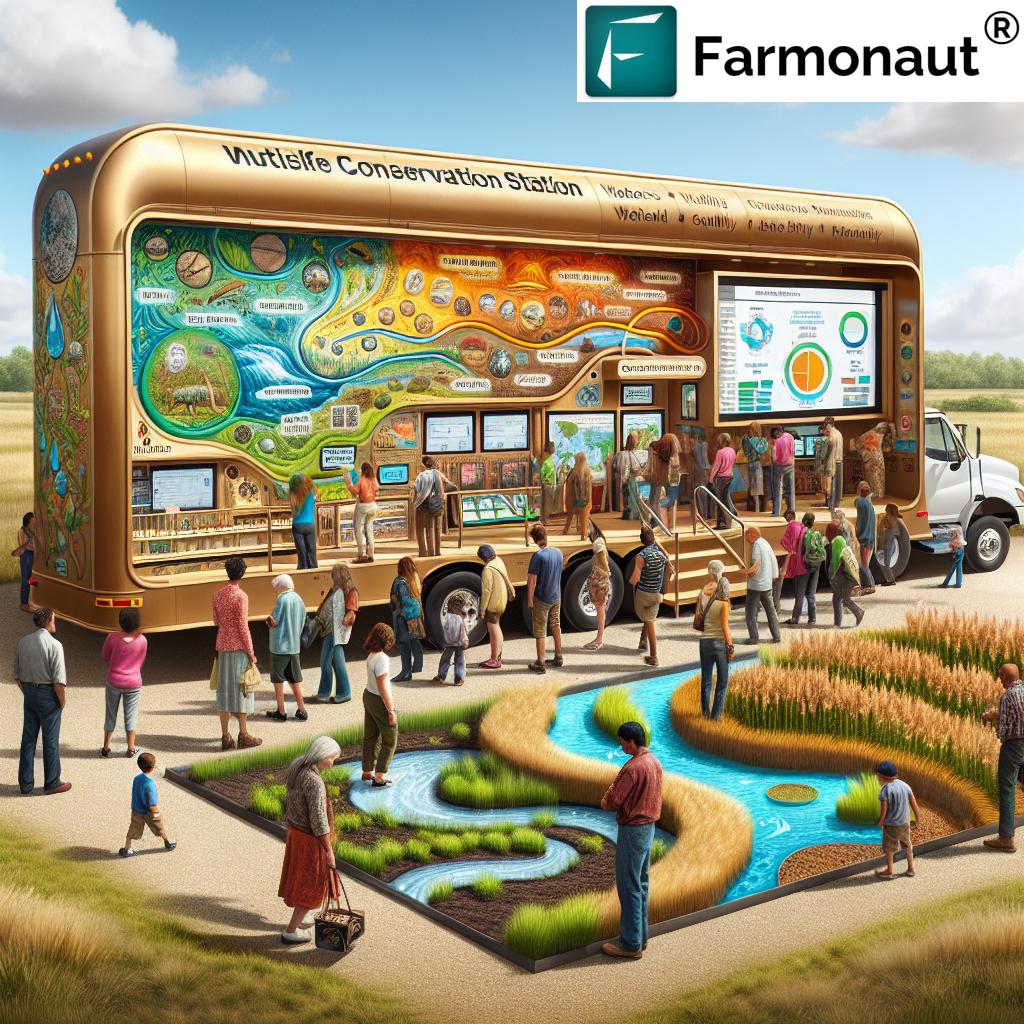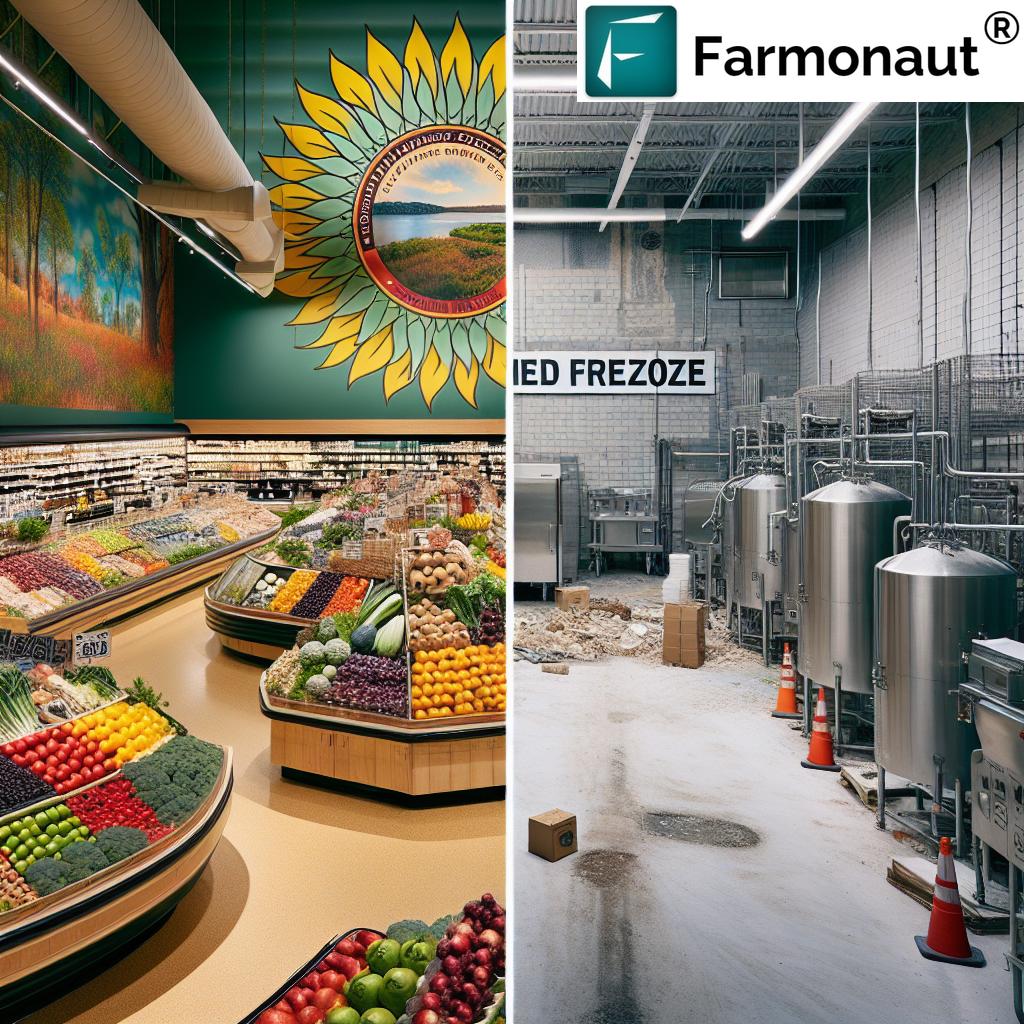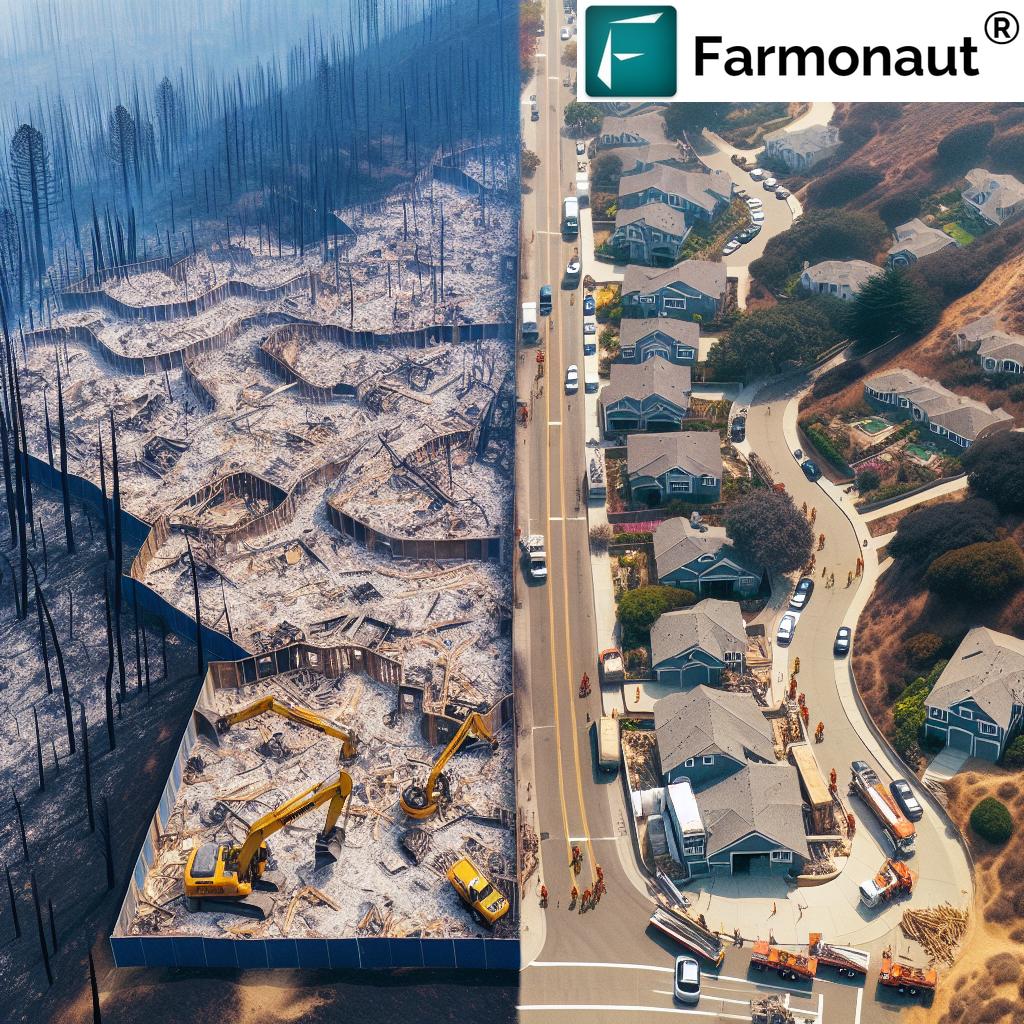Revolutionizing Agriculture: How Unmanned Helicopters Are Transforming Crop Production in Texas
“In Texas, GPS-guided crop spraying helicopters can cover up to 500 acres per hour, significantly outpacing traditional methods.”
At Farmonaut, we’re excited to explore the cutting-edge world of unmanned agricultural helicopters and their transformative impact on crop production in Texas. As pioneers in satellite-based farm management solutions, we understand the importance of innovative technologies in revolutionizing agriculture. Let’s delve into how these autonomous flying machines are reshaping the landscape of modern farming.
The Rise of Unmanned Agricultural Helicopters
The agricultural sector in Texas is experiencing a paradigm shift with the introduction of unmanned agricultural helicopters. These advanced machines are at the forefront of precision agriculture, offering solutions to long-standing challenges faced by farmers and agricultural aviators alike.
Hector Xu, an aerospace engineer and visionary founder of Rotor Technologies, has been instrumental in advancing the development of these unmanned aircraft systems. His journey began during his college years when he encountered the difficulties of nighttime flights while learning to pilot helicopters. This experience sparked a pivotal shift in his research focus, ultimately leading to the establishment of his company in 2021.
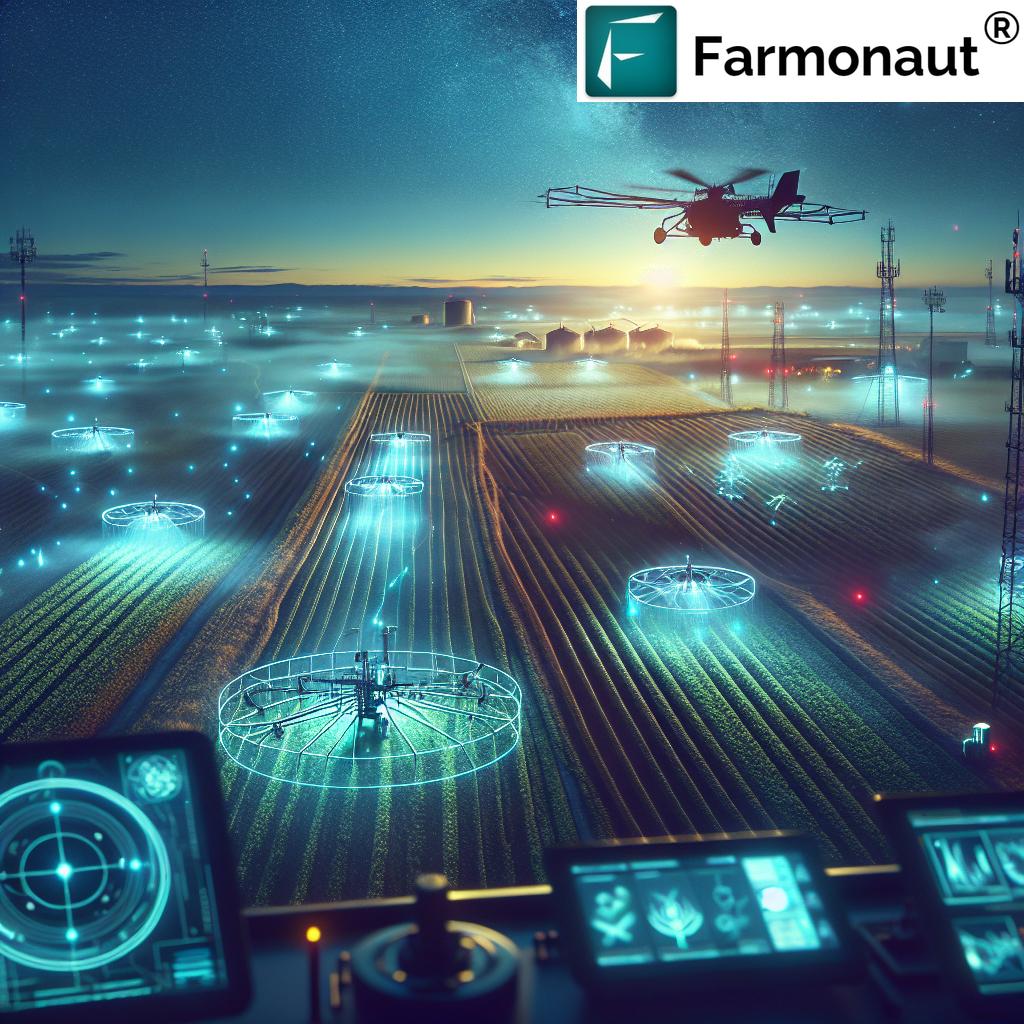
The Sprayhawk: A Game-Changer in Agricultural Aviation
Rotor Technologies has made remarkable strides in the field of unmanned agricultural helicopters. Their flagship creation, the Sprayhawk, represents a leap forward in crop dusting technology. With two prototypes already developed and a goal of having a fleet of 20 ready for market by next year, the Sprayhawk is poised to revolutionize agricultural aviation safety and efficiency.
These unmanned helicopters are not limited to agricultural applications. Their versatility extends to potential uses in disaster relief operations and servicing offshore oil rigs, showcasing the broad applicability of this technology beyond the farm fields.
Advanced Features of the Sprayhawk
- GPS-guided crop spraying for precise application
- Multiple high-resolution cameras for terrain mapping
- Laser-sensing tools for obstacle avoidance
- Night vision agriculture technology for 24/7 operations
- Autonomous flight capabilities for reduced human error
The integration of these features allows the Sprayhawk to navigate complex terrains and operate safely, even in low-visibility conditions. This level of technological sophistication addresses many of the safety concerns associated with traditional crop-dusting methods.
Addressing Safety Concerns in Agricultural Aviation
Traditional crop-dusting operations involve significant risks for pilots. Operating at low altitudes and high speeds, pilots face numerous hazards, including collisions with power lines and the ever-present danger of fatigue. The statistics paint a troubling picture of accidents in agricultural aviation, underscoring the urgent need for safer operational methods.
Unmanned agricultural helicopters like the Sprayhawk offer a compelling solution to these safety challenges. By removing the human pilot from the cockpit, these systems eliminate the risk of pilot injury or fatality. Moreover, they can operate tirelessly, without the limitations of human endurance, potentially increasing productivity and efficiency in crop protection efforts.
“Night vision agriculture technology allows unmanned helicopters to operate 24/7, increasing productivity by up to 40% in some farms.”
The Advantages of Unmanned Systems over Traditional Methods
To better understand the transformative potential of unmanned agricultural helicopters, let’s compare them with traditional methods:
| Features | Traditional Methods | Unmanned Helicopters |
|---|---|---|
| Precision of Crop Spraying | Moderate accuracy, subject to human error | High precision, up to 95% accuracy with GPS guidance |
| Operational Costs | High due to pilot wages and fuel consumption | Reduced by up to 40% with lower fuel use and no pilot costs |
| Safety Risks for Operators | High risk of accidents and fatalities | Minimal risk to human life |
| Low-Visibility Operations | Limited to daylight hours and good weather | 24/7 operations possible with night vision technology |
| Data Collection Capabilities | Limited to visual observations | Advanced sensors for real-time crop health monitoring |
| Environmental Impact | Higher emissions and potential for overspray | Reduced emissions and precise application minimizing drift |
As evident from the comparison, unmanned agricultural helicopters offer significant advantages in terms of precision, safety, and operational efficiency. These benefits align closely with our mission at Farmonaut to make precision agriculture more accessible and affordable for farmers worldwide.
The Role of Drones in Modern Agriculture
While unmanned helicopters represent a significant leap forward, it’s important to acknowledge the role of smaller drones in the agricultural landscape. The rise of drone technology has led to an increase in unmanned aviation systems for farming applications. However, their size and battery limitations often restrict their operational efficiency compared to larger unmanned aircraft like the Sprayhawk.
At Farmonaut, we recognize the value of integrating various technologies to provide comprehensive farm management solutions. Our satellite-based crop health monitoring system complements the ground-level data collection capabilities of drones and unmanned helicopters, offering farmers a multi-faceted approach to precision agriculture.
The Future of Unmanned Agricultural Aviation
As companies like Rotor Technologies and others continue to innovate in this space, we can expect to see further advancements in unmanned agricultural aviation. The potential applications extend beyond crop spraying to include:
- Precision seeding and planting
- Aerial mapping and surveying of large agricultural areas
- Real-time crop health assessment using multispectral imaging
- Rapid response to pest infestations or disease outbreaks
These innovations align with our goals at Farmonaut to provide farmers with cutting-edge tools for efficient farm management. Our API and API Developer Docs offer opportunities for integration with various agritech solutions, including unmanned aircraft systems.
Regulatory Considerations and FAA Approval
The implementation of unmanned agricultural helicopters is not without its challenges, particularly in terms of regulatory approval. The Federal Aviation Administration (FAA) plays a crucial role in overseeing the integration of these systems into national airspace.
Companies like Rotor Technologies are working closely with regulatory bodies to ensure their unmanned aircraft meet all safety and operational standards. The process involves rigorous testing and demonstration of fail-safe mechanisms to address potential emergencies.
Key Regulatory Considerations:
- Airworthiness certification for unmanned aircraft
- Operator training and certification requirements
- Adherence to airspace regulations and flight restrictions
- Implementation of detect-and-avoid technologies
- Data privacy and security measures
As these regulatory frameworks evolve, we at Farmonaut remain committed to staying abreast of developments that may impact our users and the broader agricultural community.
The Impact on Texas Agriculture
Texas, with its vast agricultural lands and diverse crop production, stands to benefit significantly from the adoption of unmanned agricultural helicopters. The state’s unique challenges, including large-scale operations and varied terrain, make it an ideal testing ground for this technology.
Benefits for Texas Farmers:
- Increased efficiency in managing large acreages
- Improved crop yields through precise application of inputs
- Reduced environmental impact from more targeted spraying
- Enhanced ability to respond quickly to changing weather conditions
- Potential for cost savings in long-term farm operations
As these unmanned systems become more prevalent, we anticipate a transformation in how Texas farmers approach crop production and protection. This aligns with our mission at Farmonaut to empower farmers with data-driven insights and innovative solutions.
Integration with Precision Agriculture Techniques
Unmanned agricultural helicopters represent just one facet of the broader precision agriculture movement. At Farmonaut, we see tremendous potential in integrating these systems with other advanced farming techniques:
- Satellite-Based Crop Monitoring: Our core service at Farmonaut complements unmanned aerial systems by providing a macro-level view of crop health and field conditions.
- IoT Sensors and Weather Stations: Ground-level data collection can inform and enhance the efficiency of aerial operations.
- AI and Machine Learning: Advanced algorithms can process data from multiple sources, including unmanned helicopters, to provide actionable insights for farm management.
- Blockchain for Traceability: Our blockchain solutions can integrate with unmanned systems to ensure transparent and verifiable records of crop treatments and harvests.
By leveraging these technologies in concert, farmers can achieve unprecedented levels of precision and efficiency in their operations.
Environmental Considerations
As we embrace new technologies in agriculture, it’s crucial to consider their environmental impact. Unmanned agricultural helicopters offer several potential benefits in this regard:
- Reduced Chemical Usage: Precision application can minimize overspray and reduce overall chemical use.
- Lower Carbon Footprint: More efficient operations can lead to reduced fuel consumption compared to traditional methods.
- Minimized Soil Compaction: Aerial application eliminates the need for heavy machinery in fields, preserving soil health.
- Wildlife Protection: Precise application can help minimize the impact on non-target species and habitats.
At Farmonaut, we’re committed to promoting sustainable farming practices. Our carbon footprinting tools can help farmers and agribusinesses track and reduce their environmental impact, complementing the benefits offered by unmanned agricultural aviation.
The Human Element: Training and Job Evolution
While unmanned systems are revolutionizing agricultural aviation, they’re not eliminating the need for skilled professionals. Instead, we’re seeing an evolution in the types of jobs and skills required in this sector:
- Remote Pilots: Operators trained to manage unmanned aircraft systems from the ground.
- Data Analysts: Experts who can interpret the vast amounts of data collected by these systems.
- Maintenance Technicians: Specialists in the upkeep and repair of advanced unmanned aircraft.
- Agricultural Technology Integrators: Professionals who can seamlessly blend various agritech solutions for optimal farm management.
This shift aligns with our vision at Farmonaut of empowering farmers and agricultural professionals with the tools and knowledge to thrive in a technologically advanced industry.

The Global Perspective: Beyond Texas
While our focus has been on the transformation of agriculture in Texas, the impact of unmanned agricultural helicopters extends far beyond state borders. Countries around the world are taking notice of this technology’s potential:
- Brazil: With its vast agricultural lands, Brazil is poised to become a significant market for unmanned agricultural aviation.
- Australia: The country’s large-scale farming operations make it an ideal candidate for adopting this technology.
- India: With its diverse agricultural landscape, India could benefit greatly from the precision and efficiency of unmanned systems.
- European Union: Stringent environmental regulations are driving interest in more precise and sustainable farming methods.
As a global company, Farmonaut is excited about the potential for unmanned agricultural helicopters to complement our satellite-based services worldwide, helping farmers across different regions optimize their operations.
Challenges and Future Developments
While the future of unmanned agricultural helicopters looks promising, several challenges need to be addressed:
- Scalability: As demand grows, manufacturers like Rotor Technologies must find ways to scale production efficiently.
- Integration with Existing Systems: Ensuring seamless integration with other farm management tools and practices is crucial.
- Public Perception: Educating the public and addressing concerns about privacy and safety will be ongoing tasks.
- Technological Advancements: Continuous improvement in AI, battery technology, and materials science will drive future innovations.
At Farmonaut, we’re committed to staying at the forefront of these developments, ensuring our services evolve to meet the changing needs of the agricultural sector.
Conclusion: A New Era in Agriculture
The advent of unmanned agricultural helicopters marks a significant milestone in the evolution of farming practices. From enhancing safety and efficiency to promoting more sustainable and precise agriculture, these autonomous systems are poised to transform crop production in Texas and beyond.
As we at Farmonaut continue to innovate in the realm of satellite-based farm management, we see unmanned agricultural helicopters as complementary technology in the broader ecosystem of precision agriculture. Together, these advancements are ushering in a new era of smart, sustainable, and highly efficient farming practices.
The future of agriculture is here, and it’s flying high above the fields of Texas, promising a more productive and sustainable future for farmers worldwide.
FAQs
- Q: How do unmanned agricultural helicopters compare to traditional crop-dusting planes?
A: Unmanned helicopters offer greater precision, lower operational costs, and enhanced safety compared to traditional crop-dusting planes. They can operate in more diverse conditions and collect valuable data during flights. - Q: Are unmanned agricultural helicopters legal to use in Texas?
A: While regulations are evolving, companies are working closely with the FAA to ensure compliance and safety. It’s important to stay updated on current regulations before operating these systems. - Q: How do unmanned helicopters integrate with other precision agriculture technologies?
A: These systems can work in tandem with satellite imagery, ground sensors, and data analytics platforms to provide a comprehensive approach to farm management. - Q: What training is required to operate unmanned agricultural helicopters?
A: Operators typically need specialized training in unmanned aircraft systems, as well as knowledge of agricultural practices and relevant regulations. - Q: How do unmanned helicopters impact the environment compared to traditional methods?
A: They generally have a lower environmental impact due to more precise application of chemicals, reduced fuel consumption, and minimal soil compaction.









